The CrowdStrike-Microsoft outage: What really happened?
Probably, one of the biggest tech outages in history.
2 min. read
Published on
Read our disclosure page to find out how can you help Windows Report sustain the editorial team. Read more
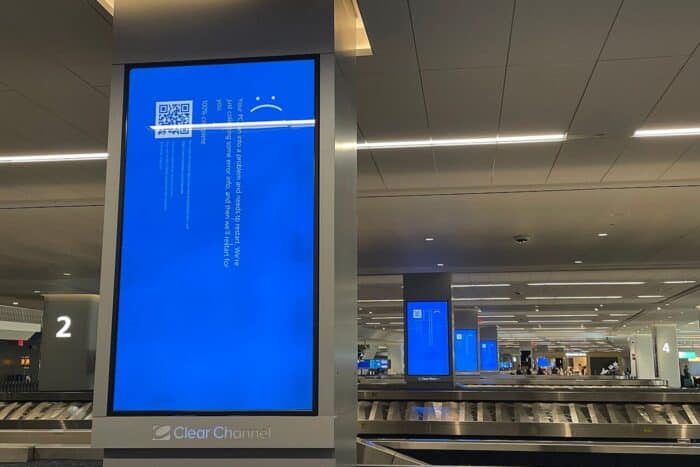
In the past week, a stormy disruption blew over the digital world. Around 8.5 million Windows PCs globally were affected by this disturbance. It wasn’t just a little software problem; it turned into a complete crisis that caused many systems to show the dreaded Blue Screen of Death (BSOD), all thanks to an update with bugs from CrowdStrike Falcon sensor software.
Think about how much chaos there was when businesses had to cancel many flights—even Delta and other airlines experienced sudden digital paralysis because they couldn’t use their computers properly. Crowdstrike Falcon, one of the top expert companies in cybersecurity meant to protect from malware and cyberattacks, was caught up in this unanticipated outage.
The main problem was found in a Rapid Response Content update, particularly in an InterProcess Communication (IPC) Template Type. This template type did not undergo proper vetting during testing, which caused an out-of-bounds memory read and exception that Windows could not handle, leading to system crashes. This reminds us how slight errors can cause worldwide disturbance within our digital ecosystem.
In answer, Microsoft and CrowdStrike rushed to offer solutions and tools for recovery, trying to bring back order from the confusion. CrowdStrike released a fresh “Remediation and Guidance Hub” in the hopes of making the recovery process smoother, testing fresh methods to accelerate affected systems’ return to normality.
The cybersecurity company also conducted a preliminary review after the incident, highlighting steps taken during this period of confusion and ways they plan to avoid similar situations in the future. This means making Rapid Response Content testing more advanced and using a slow deployment method to detect possible problems before they cause damage.
This CrowdStrike-Microsoft outage event was a serious reminder for the affected people about how our digital world’s connections can lead to unexpected problems. It highlights why we need strict testing and checking systems, particularly when many users rely on these platforms for stability and safety.
As CrowdStrike attempts to restore its users’ confidence in their services, the technology community is observing with anticipation. They desire that this occurrence will motivate better protection against software upgrades’ unpredictability.
(Photo credits: Wikipedia)
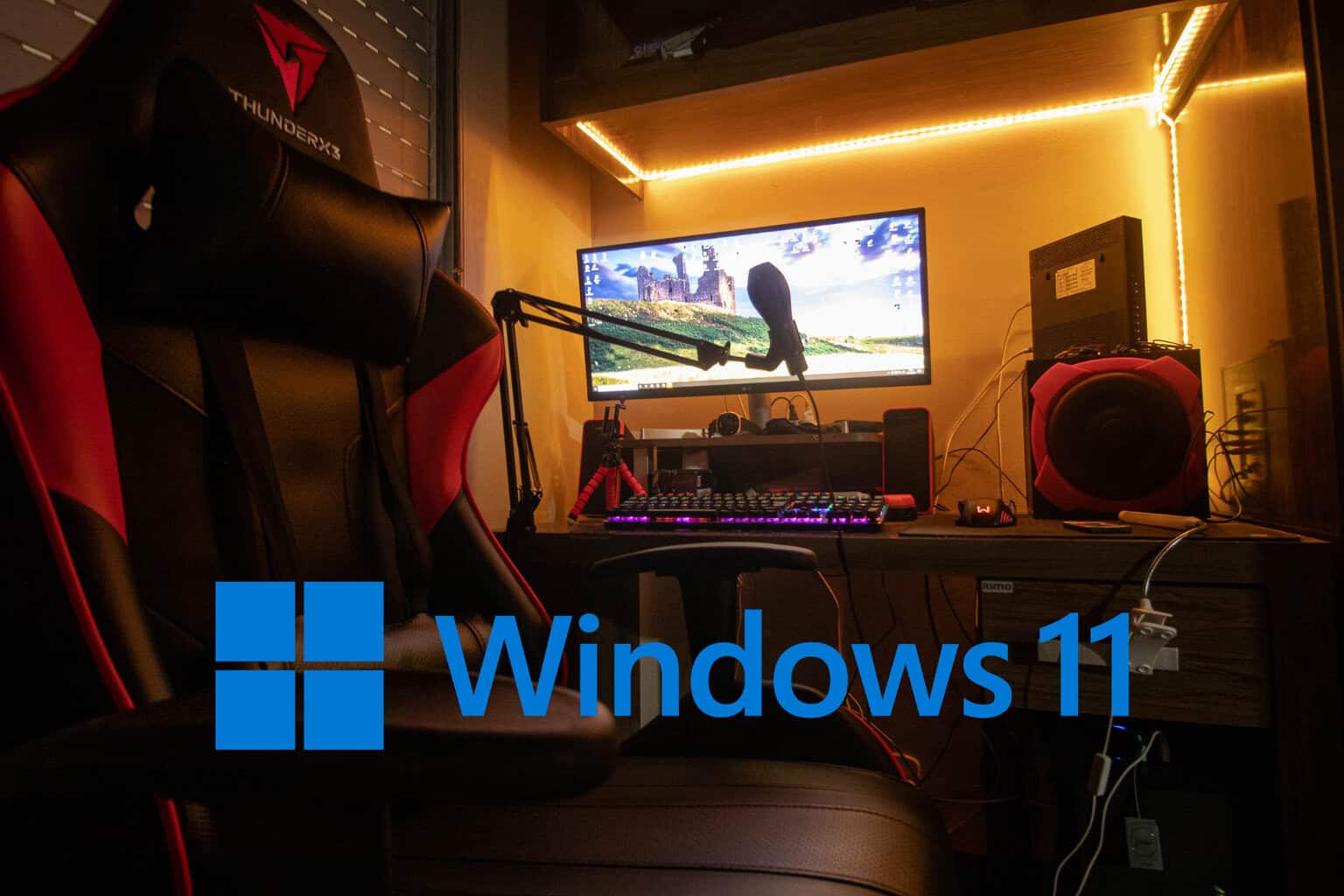
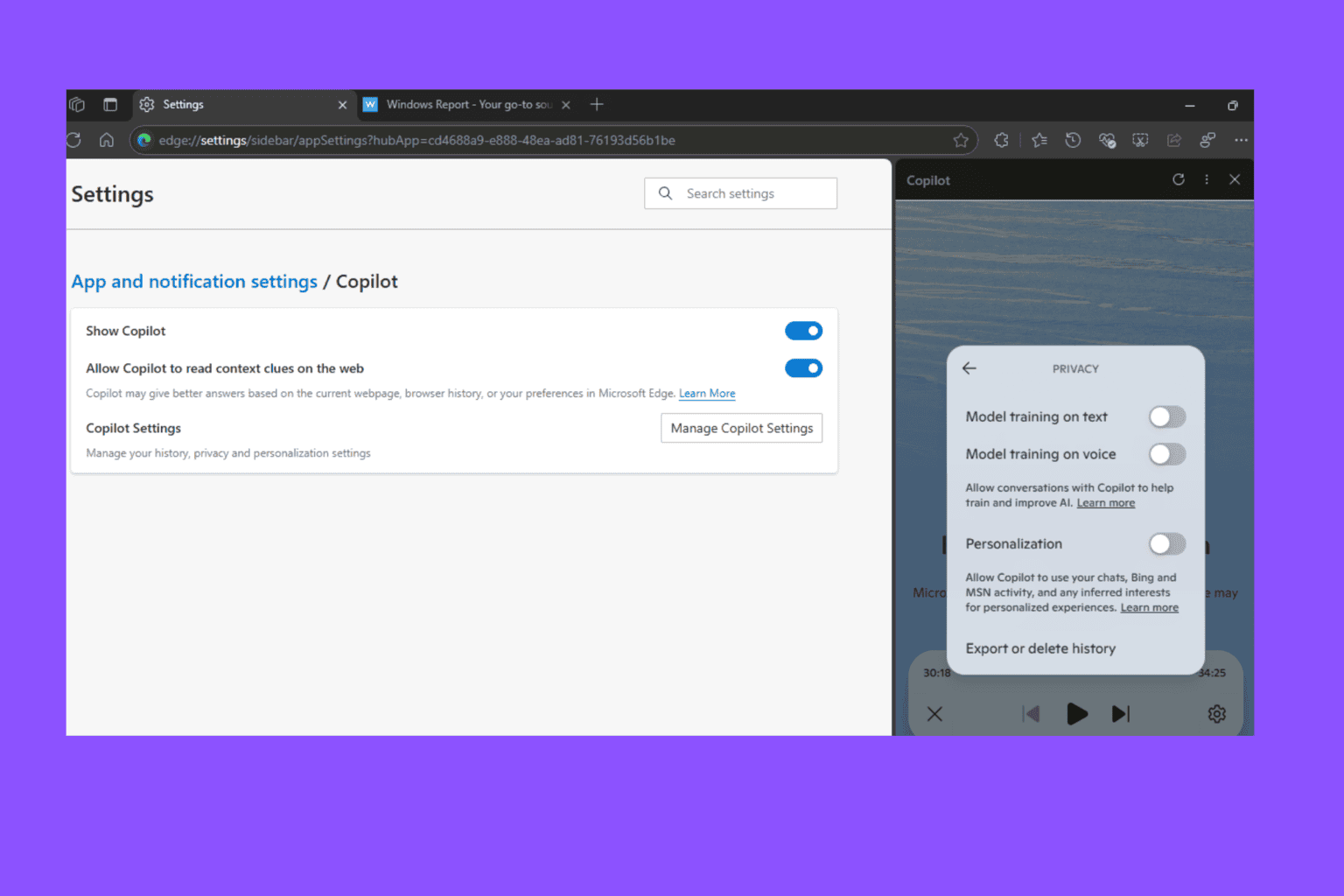

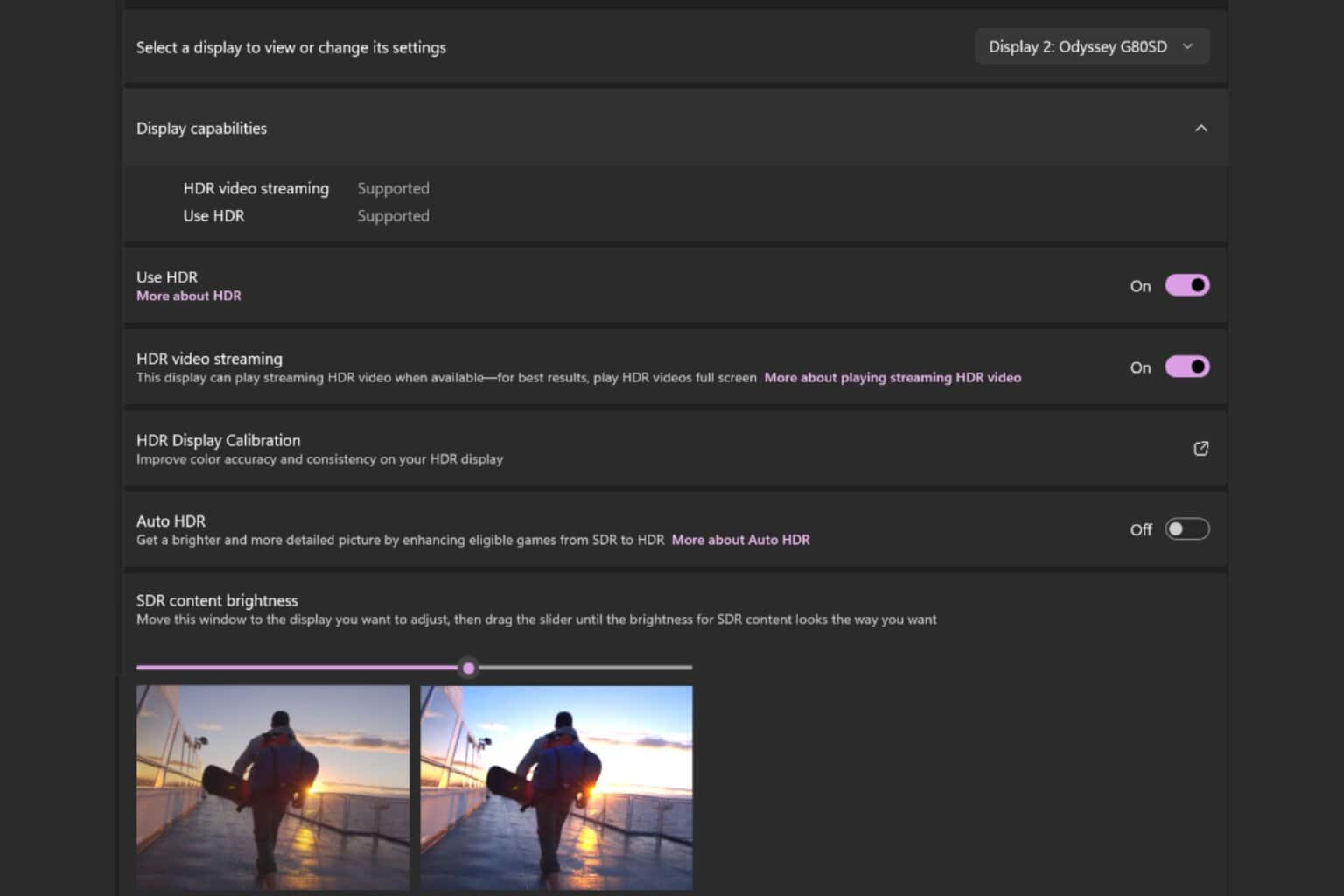

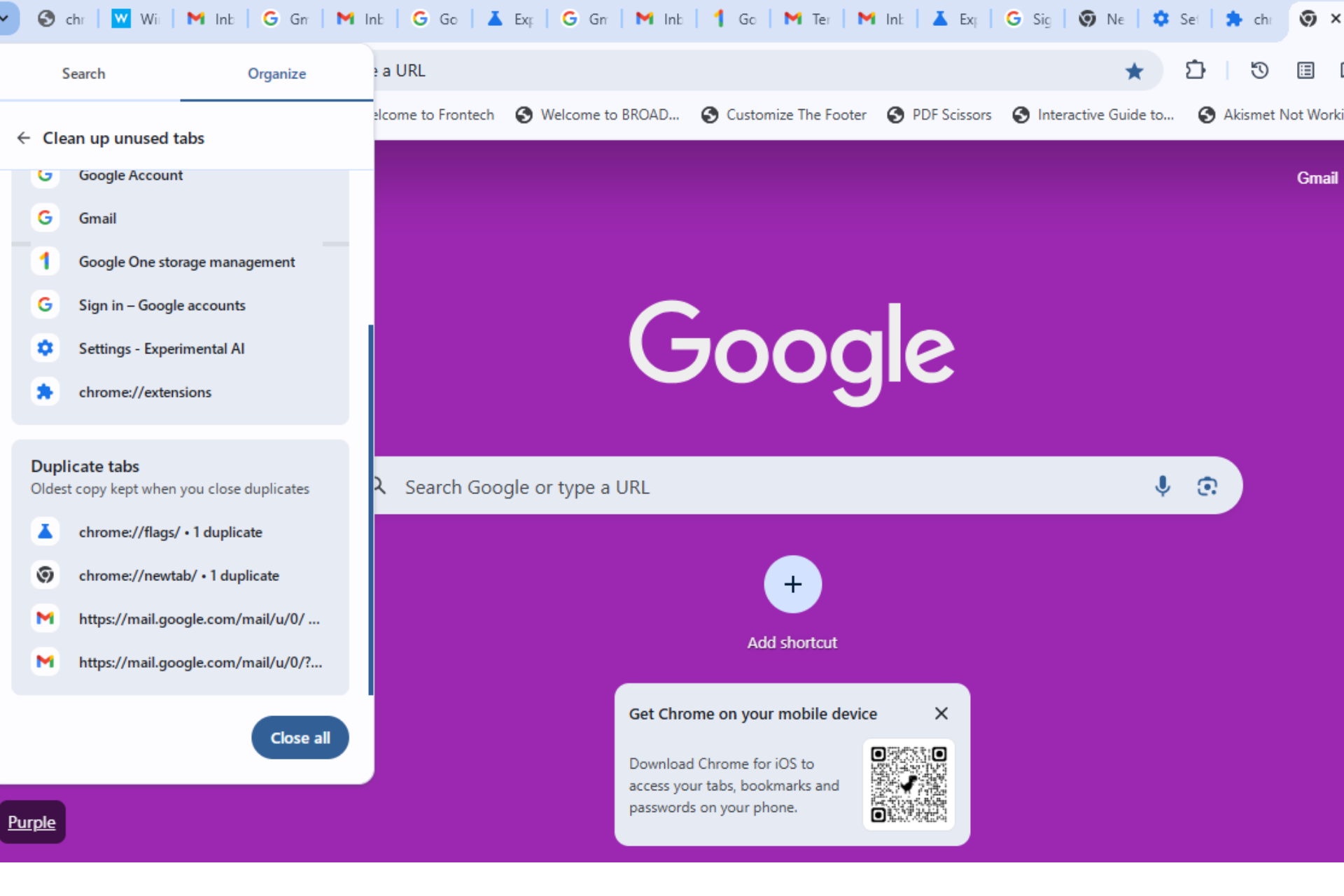
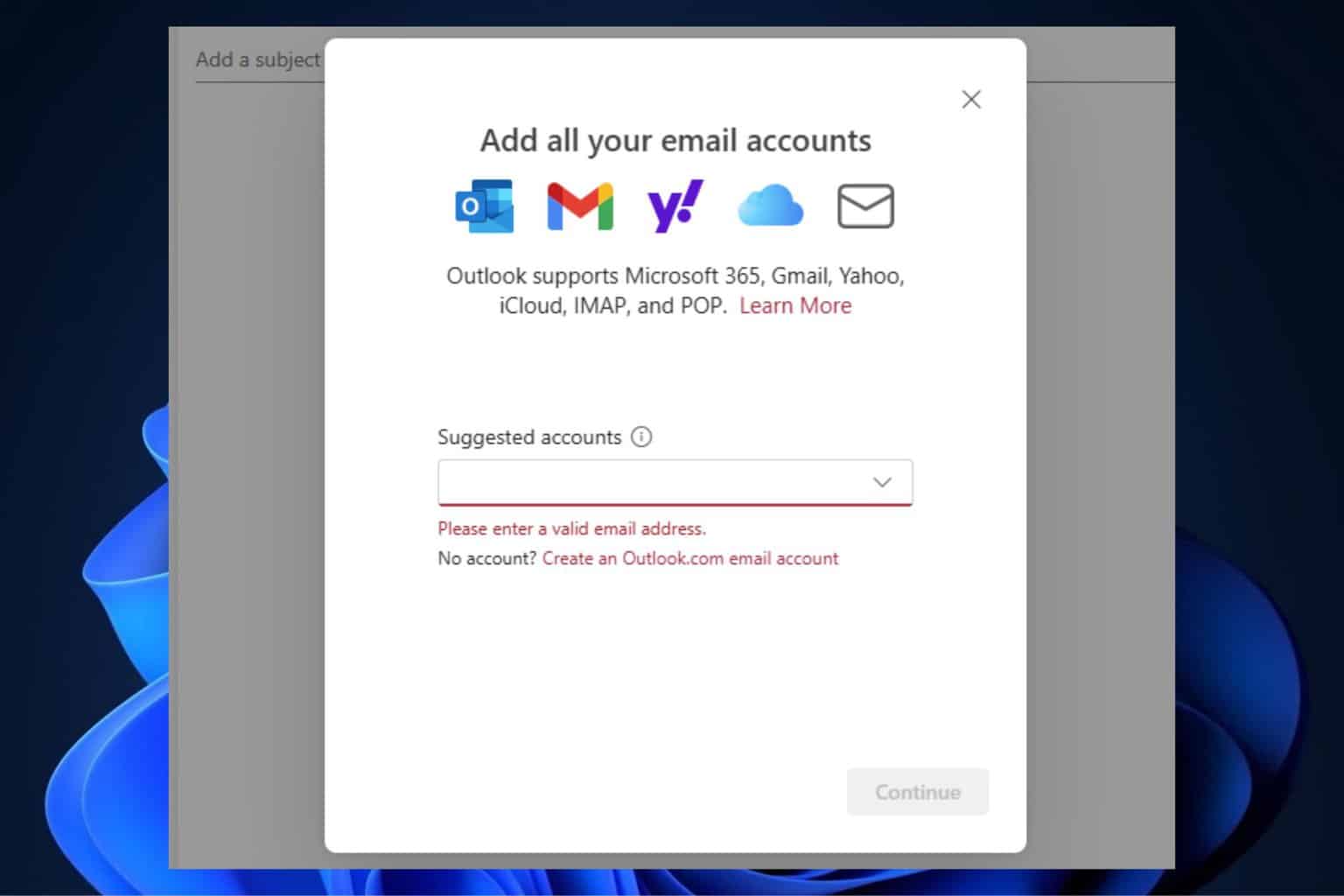
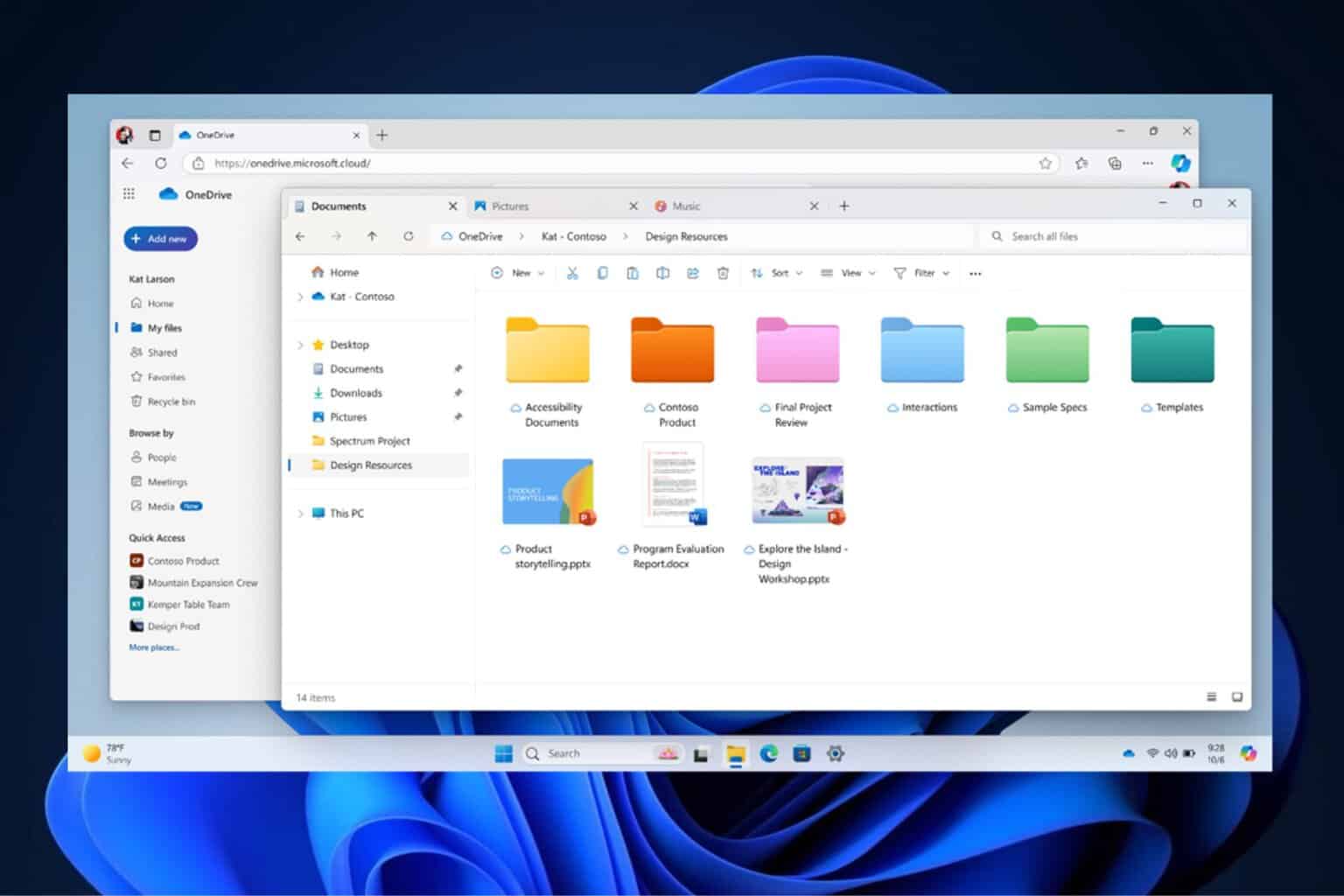
User forum
0 messages